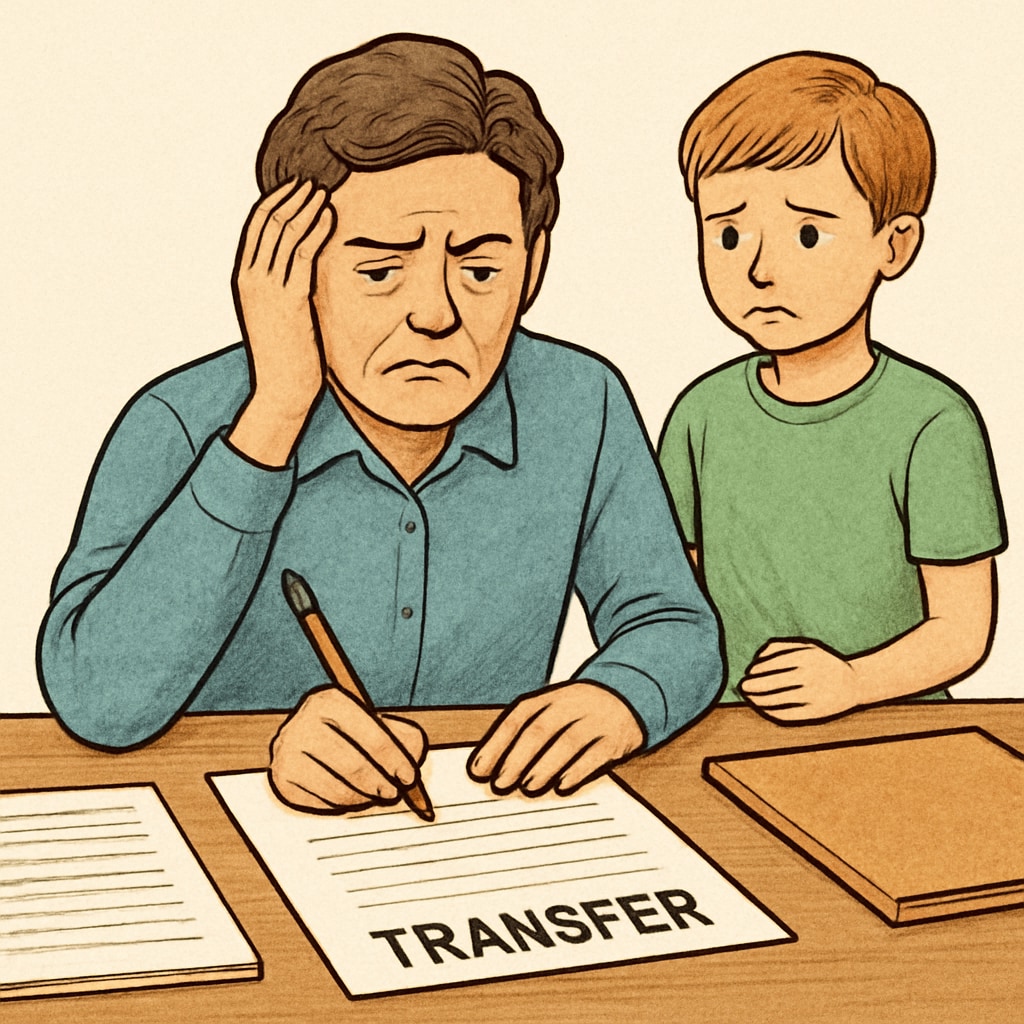Unfair communication between school districts often creates obstacles for families seeking school transfers for children who have experienced discrimination. This issue not only impacts school choice but poses a serious threat to educational equity. Despite the intention of many families to protect their children’s right to a safe and supportive learning environment, hidden barriers between districts can make transferring schools a difficult and opaque process.

Underlying Issues in School District Communication
One of the key factors contributing to unjust school transfer processes is the lack of transparency in communication between school districts. Families attempting to transfer their children due to bullying, racial discrimination, or other challenges often encounter informal “gatekeeping” mechanisms. These mechanisms may include delays in processing paperwork, vague explanations for denied applications, or even direct discouragement from pursuing a transfer.
Moreover, district-to-district communication may involve unwritten agreements that prioritize administrative convenience over student welfare. For example, some districts may subtly pressure families to keep their child enrolled locally, citing logistical challenges or capacity limitations in neighboring schools. Such practices undermine the principles of educational equity and the rights of students to access safe and inclusive learning environments.
Impact on Families and Students
The consequences of these barriers are far-reaching. For families, navigating these challenges often leads to frustration, stress, and financial strain. Parents are forced to spend significant time and resources advocating for their child’s right to transfer schools, often with little success. For students already facing discrimination or harassment, prolonged exposure to hostile environments can have lasting effects on their mental health and academic performance.

In addition, the lack of clear guidelines and transparency in transfer policies disproportionately affects families with limited resources or knowledge of the educational system. This creates an inequitable landscape where only those who can afford to advocate persistently—or hire legal help—are able to secure better educational opportunities for their children.
Solutions: Building Transparent and Student-Centered Systems
To address these challenges, policymakers and school administrators must prioritize creating transparent and student-first transfer mechanisms. Here are a few key strategies:
- Standardized Policies: Implement clear, standardized transfer guidelines across all school districts to ensure fairness and consistency.
- Accountability Measures: Develop oversight mechanisms to monitor and evaluate district communication practices.
- Parental Support Systems: Provide families with access to resources, such as counseling and legal aid, to navigate the transfer process effectively.
- Training for Administrators: Educate district staff on the importance of equity and the negative impact of discriminatory practices.
By adopting these measures, school districts can work toward a system that prioritizes the needs of students over bureaucratic convenience. Transparent communication and equitable policies will empower families to make informed decisions and secure the best possible educational outcomes for their children.
Readability guidance: Use concise language, short paragraphs, and clear headers to ensure accessibility for all readers. Incorporate lists and examples to break down complex ideas.
Conclusion: Advocating for Educational Equity
Unfair communication between school districts represents a significant barrier to educational equity. Families seeking transfers for children facing discrimination deserve transparent, equitable, and student-centered policies. By addressing these challenges, we can help ensure that every child has access to a safe and supportive learning environment, regardless of their circumstances.
Ultimately, the responsibility lies with policymakers, school administrators, and communities to advocate for systemic change. Together, we can break down the barriers that prevent families from exercising their right to school choice and create a fairer educational landscape for all.


